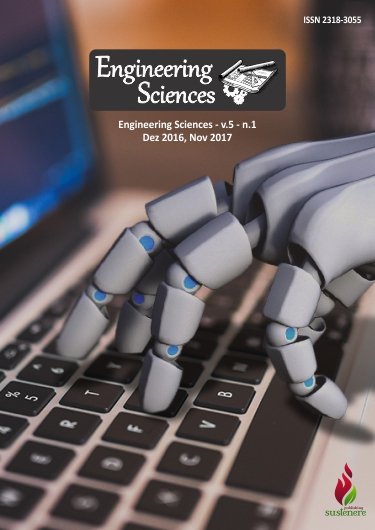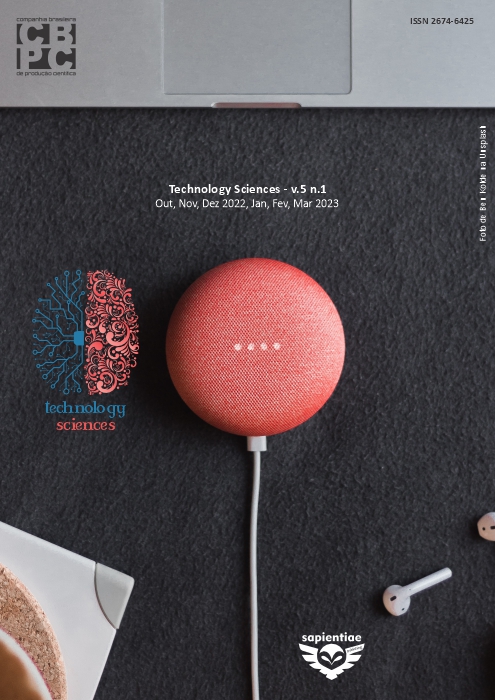Effects of mineral additions for the mitigation of alkali-aggregate reactions in concrete: state of the art
DOI:
https://doi.org/10.6008/SPC2318-3055.2017.001.0001Keywords:
Pathology, Alkali-aggregate reaction, Mineral AdditionsAbstract
Concrete is a building material that has its widespread use worldwide. Some factors, such as the choice of inappropriate materials and handling, as well as exposure to aggressive environments, can lead to pathologies in this material. Deterioration, for example, can occur in the inner part of the material, such as the alkali-aggregate (RAA) reaction, where the alkalis in the cement paste interact with the reactive minerals in the aggregate. This type of reaction can result in an expansive gel, where it can cause generalized fissures and thus compromise the quality of the structure when it is placed in the voids of the concrete and the surface of the aggregate in contact with the cement paste. The RAA can be of three types: alkali-silica reaction; alkali silicate reaction; and alkali-carbonate reaction. Each type of reaction depends on the reactive mineralogical composition of the aggregate. Faced with the problems generated by the RAA, several studies have looked for ways to minimize these effects. One of the methods most used to reduce the impacts caused by RAA is the use of mineral additions. In this way, this work aimed to search the state of the art on the effects of the main mineral additions used to mitigate the RAA. It was evidenced from the results that the addition of pozzolanic materials in concretes and mortars to mitigate RAA can be quite effective. It was observed that the most used additions are rice husk ash, fly ash, granulated blast furnace slag, steel slag, active silica and metakaolin. Some results have made it possible to conclude that these additions help to reduce the expansions in the AAR, but if they do not have an optimal content, they can act in the opposite way, facilitating the reactions.
Downloads
Downloads
Published
Issue
Section
License
The CBPC - Companhia Brasileira de Produção Científica (Brazil CNPJ: 11.221.422/0001-03) the material rights of the published works. The rights relate to the publication of the work anywhere in the world, including rights to renewals, expansions and dissemination of the contribution, as well as other subsidiary rights. All electronically published works may subsequently be published in printed collections under the coordination of this company and / or its partners. The authors preserve the copyright, but are not allowed to publish the contribution in another medium, printed or digital, in Portuguese or in translation.








